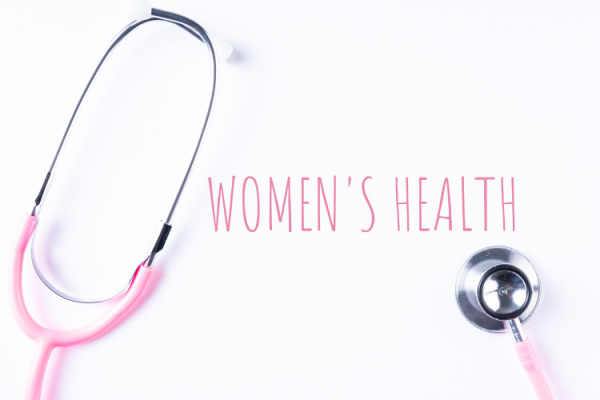National Women’s Health and Fitness Day, started in 2002, is celebrated every year on the last Wednesday of September, falling on September 24 this year. It’s a special day to promote the importance of health awareness and fitness for all women. Though healthy living is important for both men and women, this day acknowledges that each gender has specific needs when it comes to health.
According to National Today, the reason for the focus on women’s health and fitness on this special day, is that its history has been plagued by conjectures and superstition. Areas such as childbirth and physical fitness have been considered taboo in certain societies for centuries. In the past, certain practices that had been accepted as the norm were actually detrimental to women’s health. For instance, between the 1500s and the early 1900s, corsets were a vital part of women’s fashion in Europe and America. However, corsets have been known to cause the weakening of pectoral muscles and, in extreme circumstances, fainting.
And then there’s “hysteria.” Hysteria is undoubtedly the first mental disorder attributable to women, accurately described in the second millennium BC, and until Freud considered an exclusively female disease. Over 4000 years of history, this disease was considered from two perspectives: scientific and demonological. It was cured with herbs, sex or sexual abstinence, punished and purified with fire for its association with sorcery and finally, clinically studied as a disease and treated with innovative therapies. However, even at the end of 19th century, scientific innovation had still not reached some places, and the stigma of a “hysterical woman” continues to this day.
5 Myths About Women’s Health
- Bras cause breast cancer. Experts say that this myth is false — the best way to prevent breast cancer is to perform regular checkups and maintain a healthy lifestyle.
- Women don’t suffer from heart disease. Many believe that only men are susceptible to heart disease but this is false — though men have a higher risk, remaining health-conscious is important as women are not excluded.
- Gynecologists are for pregnancy. Gynecologists are not only for pregnant women — women should begin visiting gynecologists as early as age 18.
- Certain foods increase the chances of getting pregnant. Studies show that a diet of plant-based foods may increase the likelihood of getting pregnant but, as everyone knows, such foods generally influence overall health so it might not be a direct cause.
- Flu vaccines are dangerous for pregnant women. Experts say that the opposite is the case — it is imperative for pregnant women to receive the flu vaccine to prevent infection.
Fortunately, due to modern developments, women’s health has come a long way. There has been widespread awareness and enlightenment, dispelling old wives’ tales and myths of the past. Because of the false belief that certain physical exercises, such as weightlifting, would cause women to develop ‘masculine’ muscles, physical fitness wasn’t encouraged among women. Thankfully, this sentiment witnessed a shift.
In the 1930s, women were encouraged to work out at home because sweating in public was considered unseemly. However, a decade later, women took to the gyms. You’ll never believe what female gyms were called — reducing salons! They were so-called because, at the time, it was more important to lose weight than to keep fit.
Why Women’s Health and Fitness Day is Important
- Health-consciousness. Women’s Health and Fitness Day is a great reminder to prioritize this important part of our lives that is sometimes neglected.
- Disease prevention. Prevention, they say, is better than cure. Routine medical checkups help in the early detection of diseases. On this day, we get the opportunity to go see a doctor.
- Awareness. We also have the opportunity to learn new things about our bodies and how they function.
Thanks to movements such as the body positivity movement and the women’s health movement, which began in the 1800s, the world of women’s health and fitness has taken giant strides towards becoming more accurate and inclusive.
How to Observe this Day
- Schedule a doctor’s appointment. Take out time to schedule a doctor’s appointment and get some tests done. Routine medical checkups shouldn’t only be performed after contracting an illness.
- Attend an event. Every year, awareness programs are held all over the country in a variety of locations, from hospitals to houses of worship. Find time to join thousands of other women in attending one of these important events.
- Make a commitment. Celebrating health and fitness on one day is great but what would be even better is making a lifelong commitment to live a healthier life — every day.
—
Photo Credit: Fadhli Adnan / Shutterstock.com
